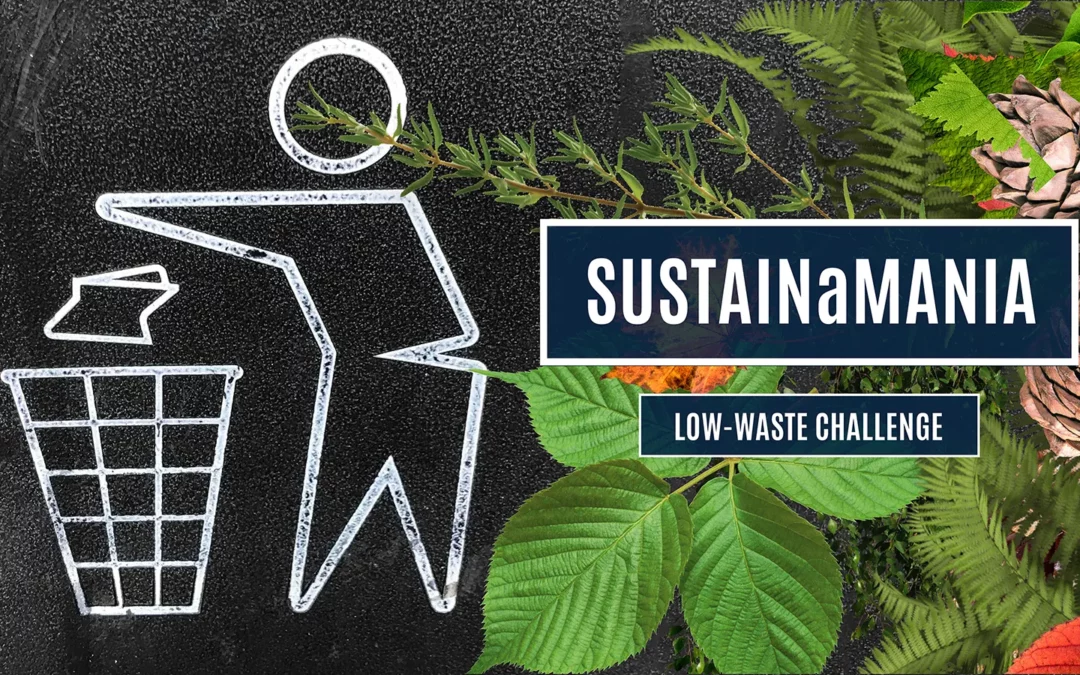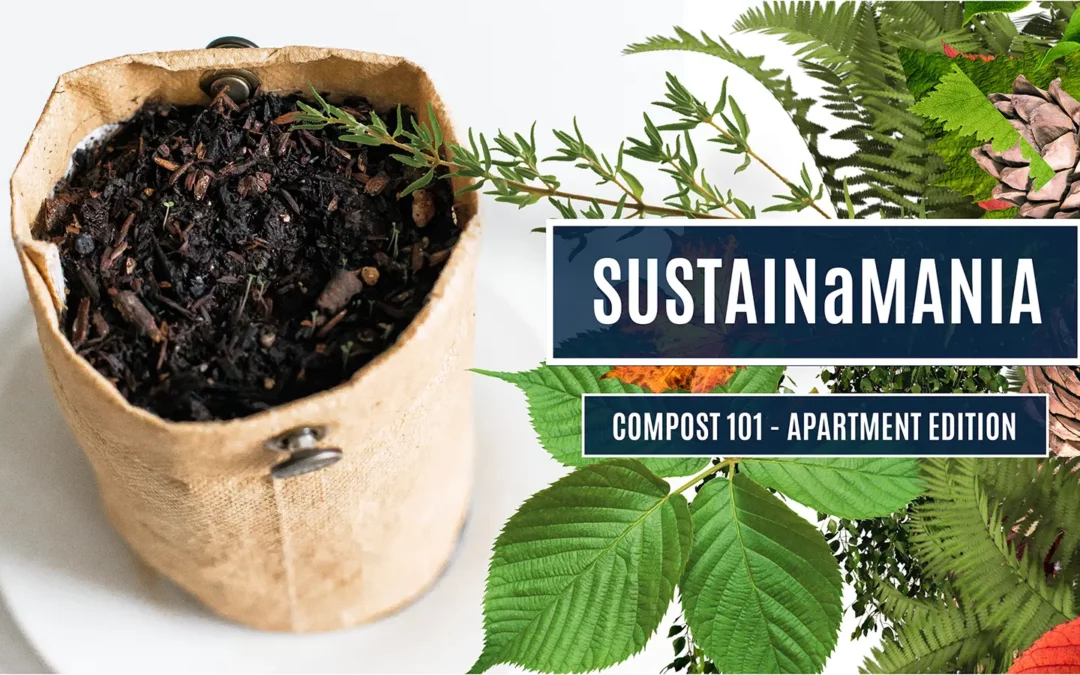
by SAMU | Mar 29, 2021 | SAMU Blog
This challenge was taken by SAMU staff members Karman and Macey. Karman This week I attempted the Low-Waste challenge, where I tried to make as little waste as possible and document all the garbage that ended up in the landfill. I live with my partner, but we tried to...

by SAMU | Mar 29, 2021 | SAMU Blog
Composting is something that has always seemed very daunting to me. However, I’ve found an easy method to get started with composting – in an apartment! This method doesn’t require worms, though you can use them if you want to do vermicomposting. First, you’ll need to...




